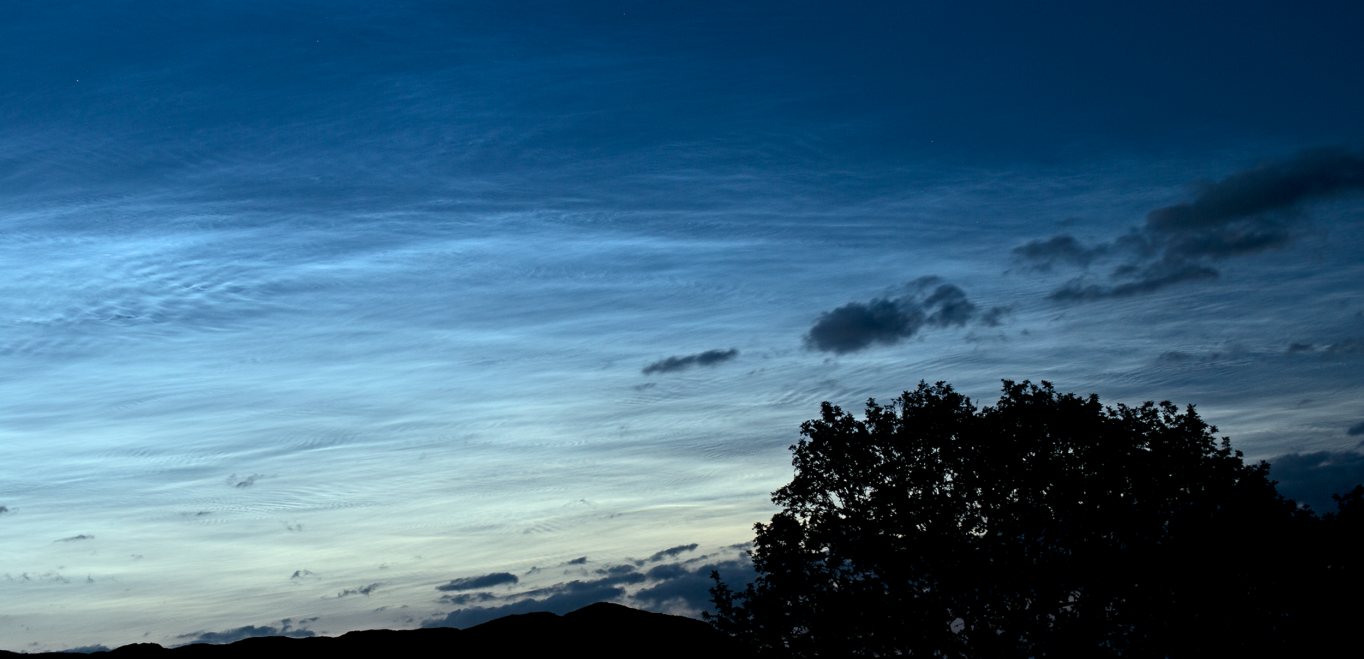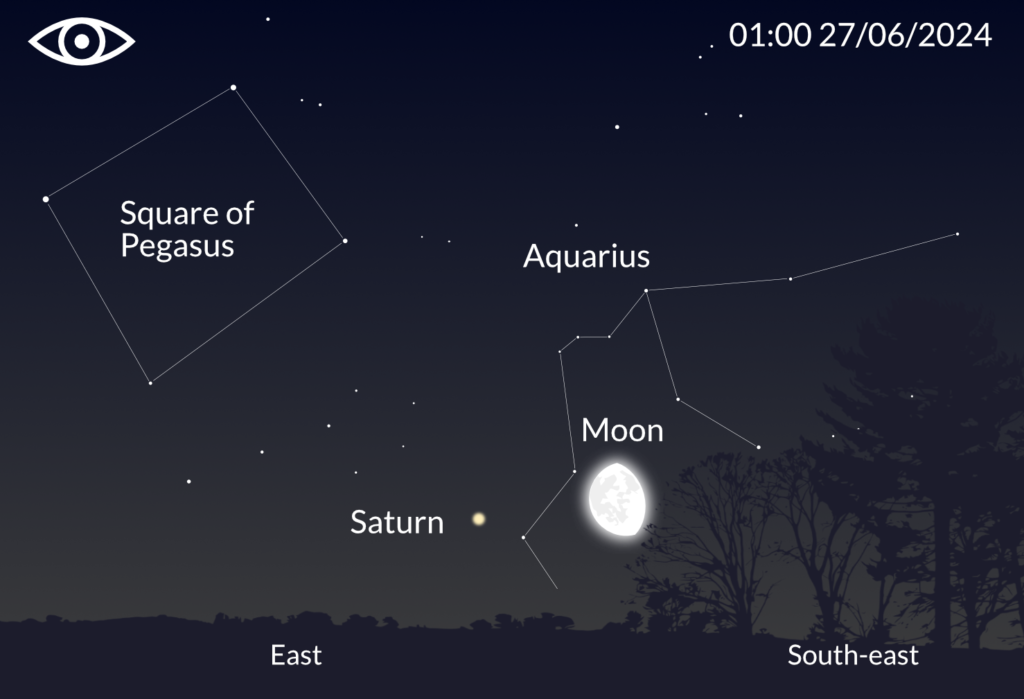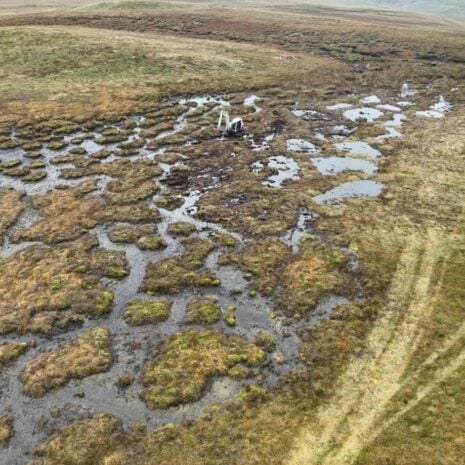Welcome to this month’s update to what’s in the night sky for June.
The nights will be in permanent twilight this month but it does not mean that stargazing has to end! Some constellations can still be picked out and a few objects can be seen. A summer sky is a beautiful thing to behold, with the deep, vibrant blue of twilight and the fiery glow of the sun’s rays still kissing the horizon.
The Summer Solstice occurs on 20th June which marks the longest daylight hours in the year and the northern hemisphere is at its maximum tilt towards the Sun. On that day, daylight will last for 17 hours.
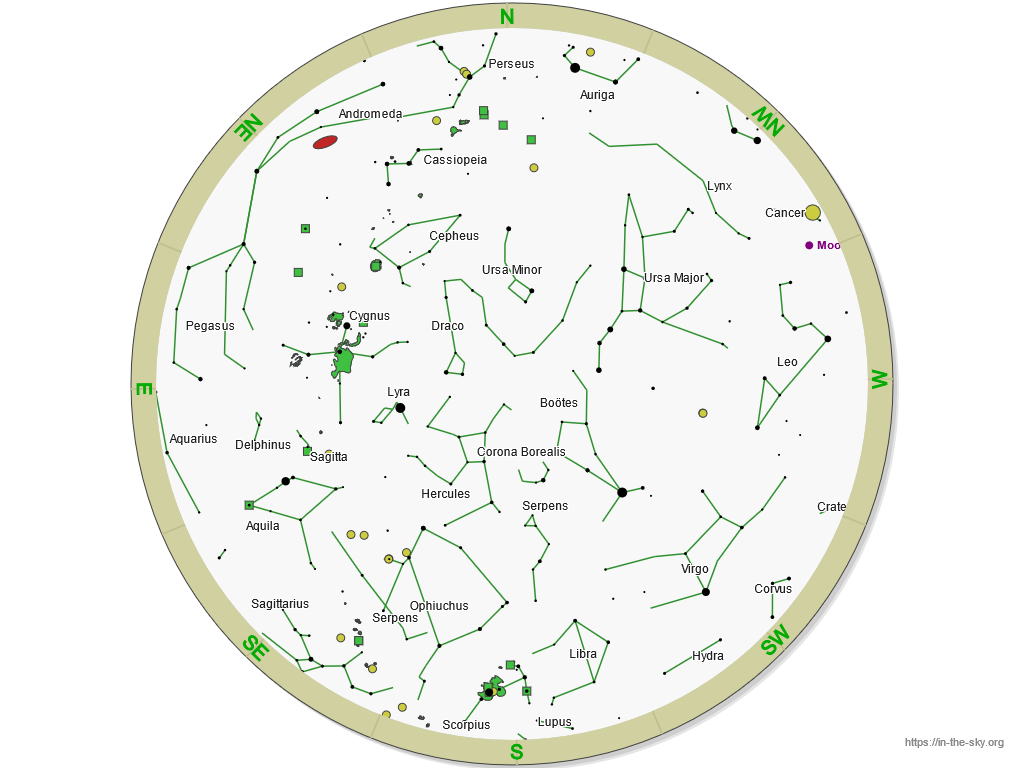
The constellations that are dominant this month are Boötes, Corona Borealis and Hercules, as they sit in the south. Slightly eastwards but well-placed is Lyra, with its bright star Vega. Cygnus is well-placed in the east. The spring constellations of Virgo and Leo move westwards.
The New Moon occurs on 6th June and the Full Moon on 22nd June.
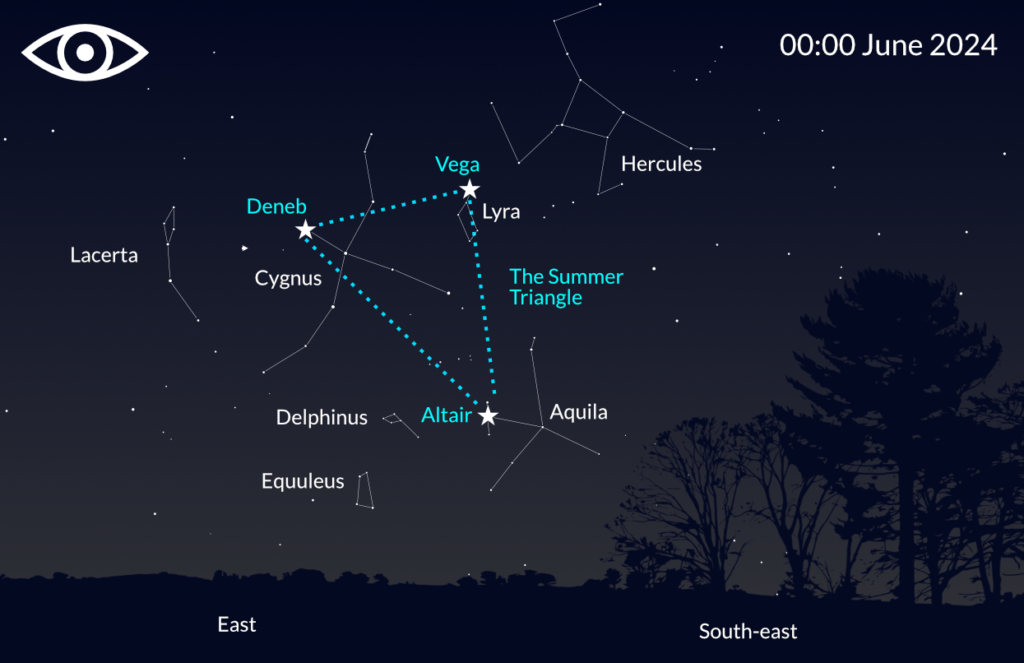
The Summer Triangle
See if you can spot the Summer Triangle which comprises the three brightest stars in the Northern Hemisphere. This huge asterism appears in June as night falls and usually are three first stars to emerge into the night sky after sunset. The easiest star to spot is Vega, in the constellation of Lyra. Next, Altair in the constellation of Aquila sits low towards the eastern horizon this time of year. Finally, Deneb, the brightest star in Cygnus lies further east. The Summer triangle can be seen pretty much until late November but is easier to spot with a background of twilight.
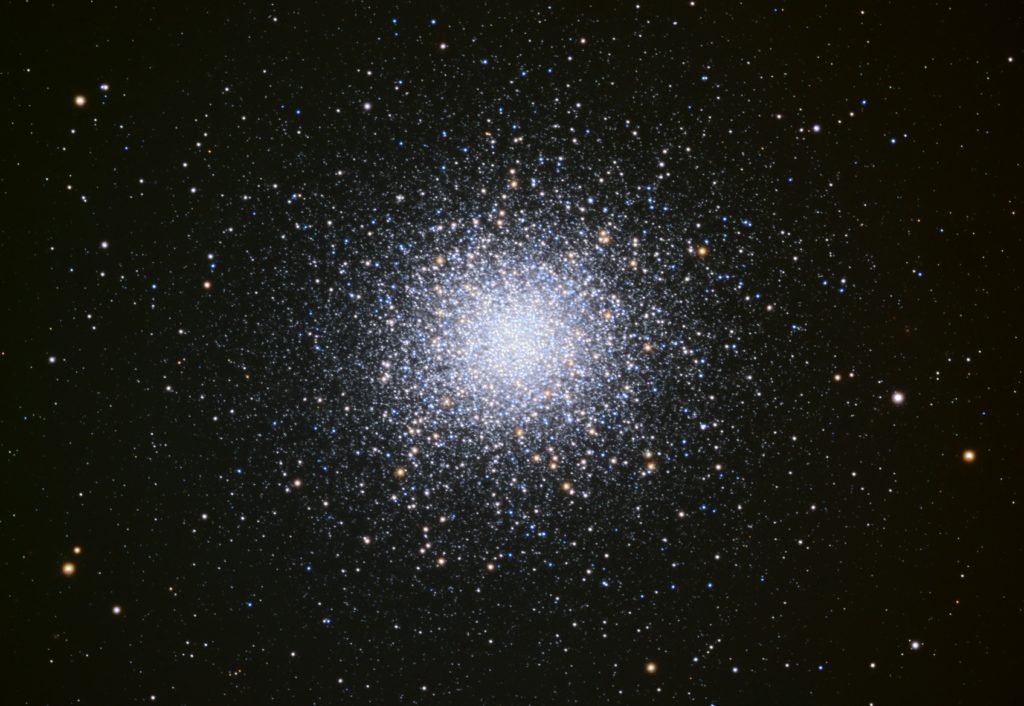
Hercules Globular Cluster
Coordinates: RA 16h 41m 41s | Dec +36° 27′ 35″
A spectacular but challenging object to find during the twilight months is the Great Globular Cluster in Hercules (M13). This bright object looks absolutely stunning under dark skies but it worth looking for in June.
Located in the constellation of Hercules, this object lies 25,000 light years away from us and contains a stunning 300,000 – 500,000 densely-packed stars.
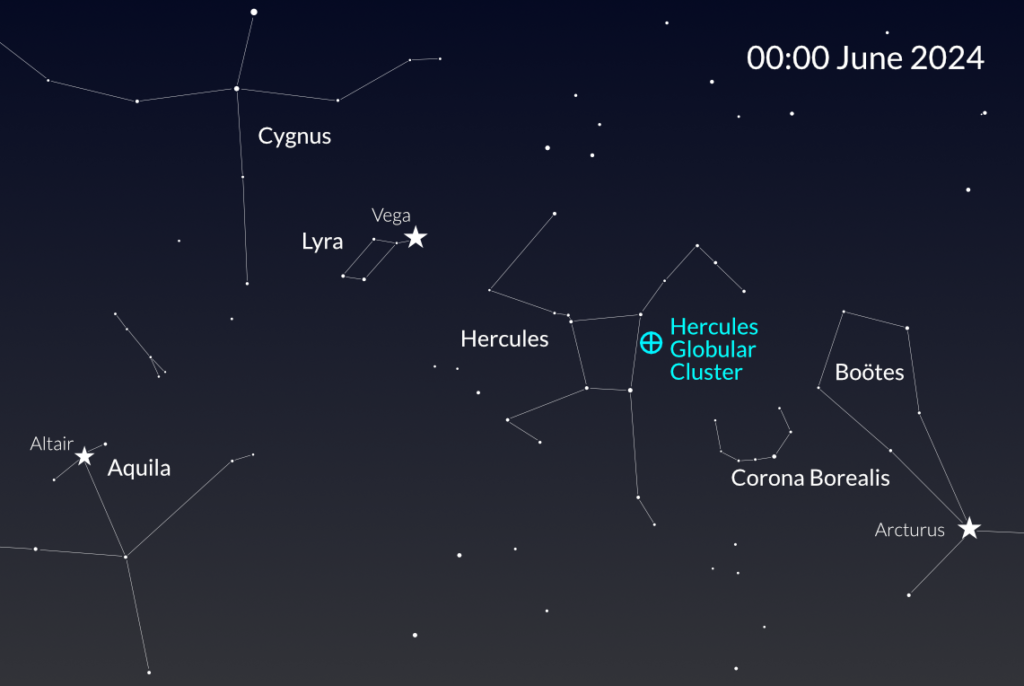
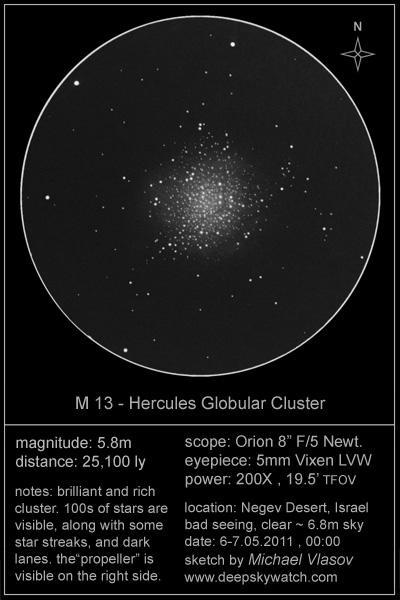
If you have an 8-inch telescope, you will be able to see a nebulous object the summer skies but when astro-darkness returns, you will be able to resolve the outer stars, appearing as small, pinpricks of light. The larger the telescope, the more stars you will be able to resolve. It should also be visible through binoculars.
Shared with kind permission by Michael Vlasov of www.deepskywatch.com
Constellation of the month: Hercules
The constellation of Hercules is well placed this month but the twilight may obscure the visibility of the fainter stars in this constellation. The best way to find this constellation is to find the bright stars Arcturus in Boötes and Vega in Lyra. Look for a keystone-shaped asterism which lies to the left of the constellation Corona Borealis.
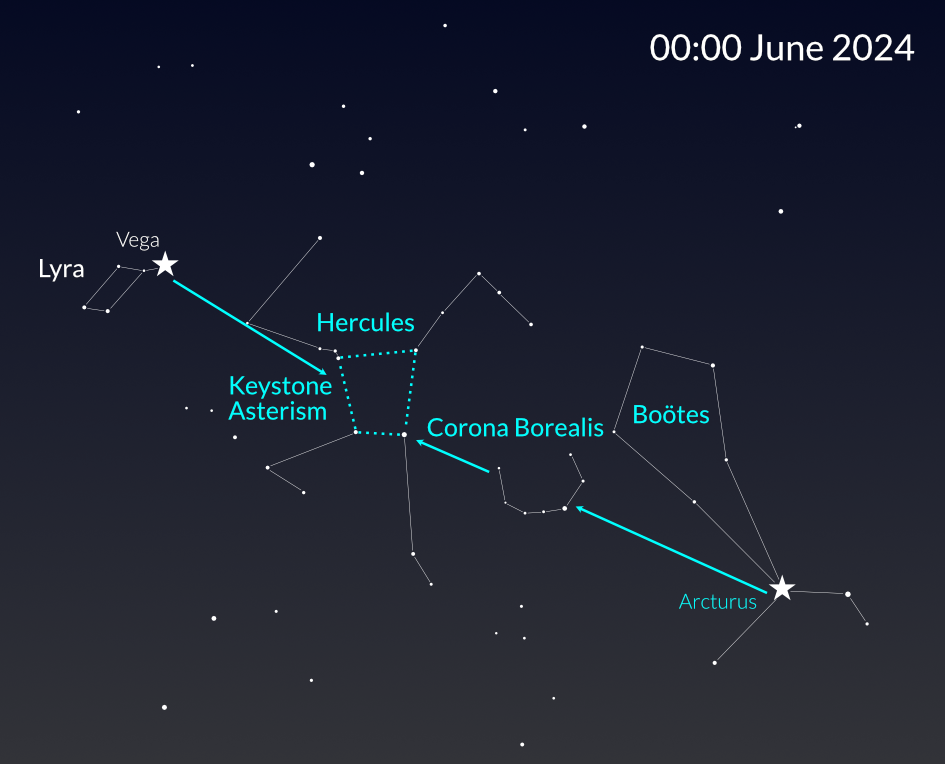
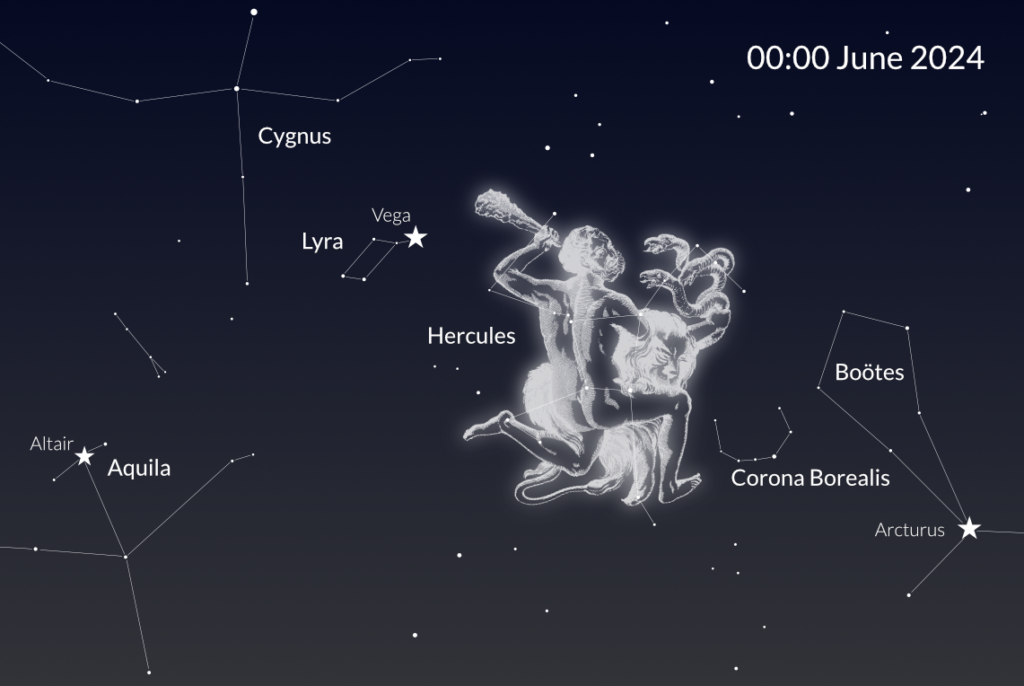
The constellation was named after the Roman version of the Heracles, a hero of Greek legend. The illustration depicts him carrying a lion skin which once belonged to a lion who would attack the city of Nemea – this was one of the 12 Labours of Hercules that Heracles had to perform to pay penance for murdering his wife and sons.
The two snakes in his grasp were sent to kill him during his infancy by Hera who was jealous of any illegitimate children sired by Zeus. He succeeded in destroying the snakes, which revealed his unusual strength.
This constellation is thought to also represent the Sumerian Gilgamesh, a mythological hero from 4000 years ago.
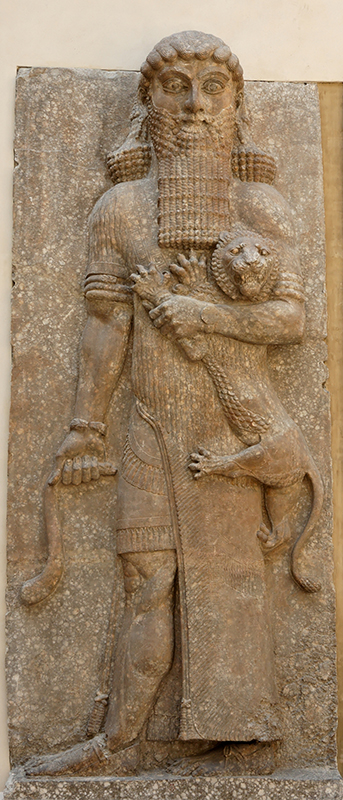
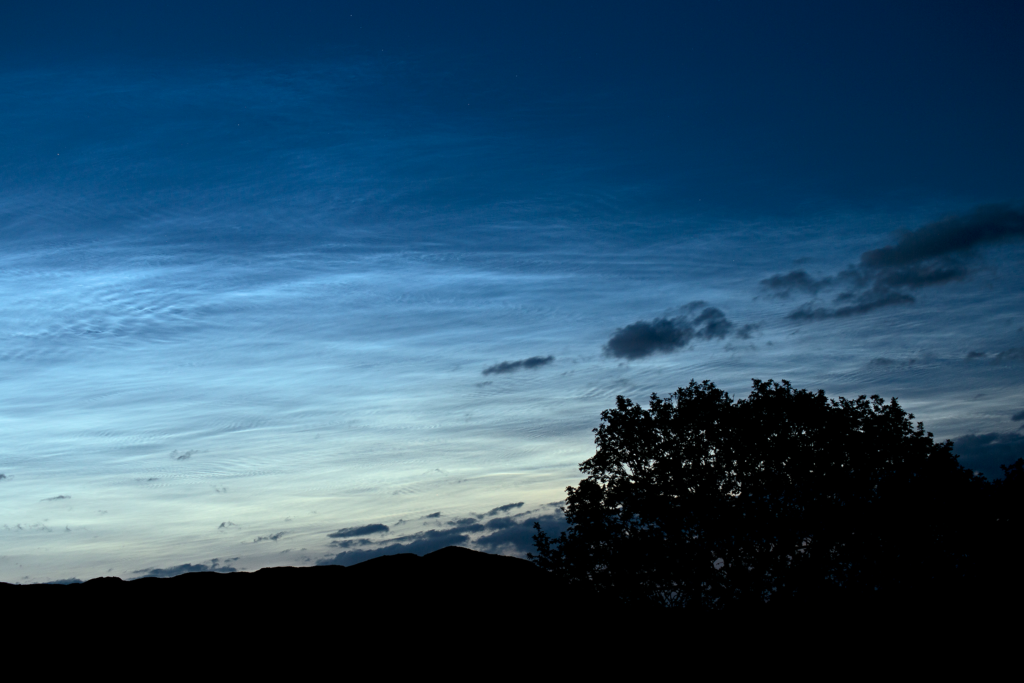
Noctilucent Clouds
June marks the beginning of Noctilucent Cloud season. These clouds comprising ice crystals, sit at around 200,000 feet in the atmosphere and are caused by dust from volcanoes, man-made pollutants or even tiny meteor particles from space. Water vapour is also required and this is thought to originate from the tropopause. The sun sets no lower than 18° below the horizon and so the rays of the Sun continue to shine, illuminating these ‘night shining clouds’. They shimmer in blues or silvers and rarely, reds. Look out for them on the northern horizon when the brighter stars begin to emerge.

